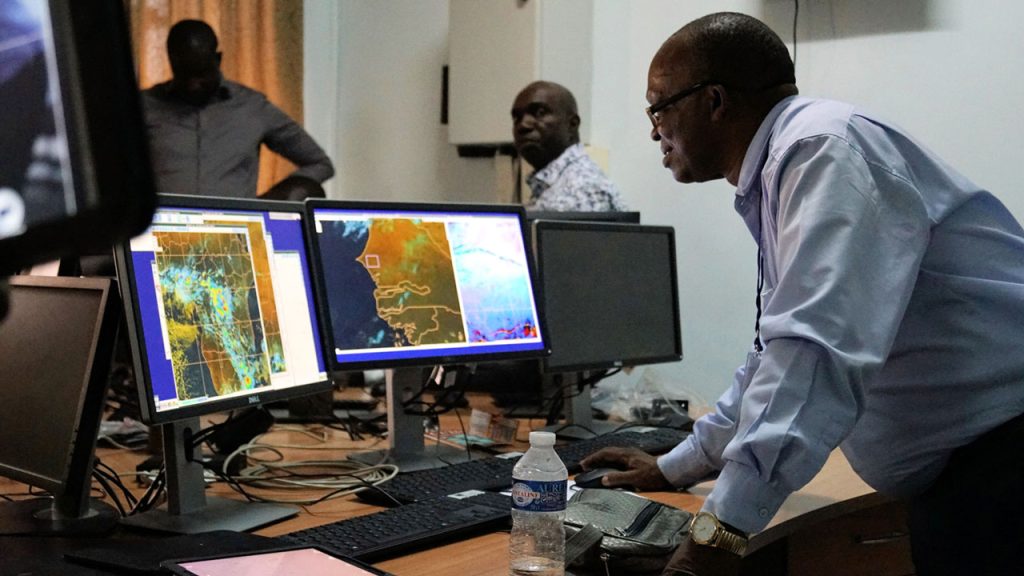
Leading with atmospheric science and innovating for change
The National Centre for Atmospheric Science is at the forefront of environmental innovation – helping people breathe cleaner air, adapt to climate risks, transition to a low-carbon economy, and respond to emerging opportunities.
Our cutting-edge research, national infrastructure, open-access data, and independent expertise make us a key facilitator of green growth. We equip decision-makers, researchers, and innovators with the tools and information they need to act.
We’re supporting cleaner air for better health, low-carbon transitions and sustainable technologies, climate resilience and informed risk planning, and data-driven environmental investment and policy.
As a member of the UK Concordat for Environmental Sustainability, we’re not just doing science – we’re living our values and helping others do the same.
Working with us gives you access to world-class research and real-world impact.
We offer expertise
We are a team of 270 scientists and support staff, spanning a range of atmospheric research disciplines. We can mobilise teams of specialists to work independently or alongside your organisation.
We provide the UK’s Natural Environment Research Council with national capability in atmospheric science and have excellent links with the UK science community – a network which you can benefit from.
We can apply our scientific and logistics expertise to help you find a solution to environmental challenges and questions.
We offer facilities
We have access to a unique array of facilities and scientific equipment, including:
- the FAAM Airborne Laboratory (FAAM) that operates a specially adapted research aircraft
- the Atmospheric Measurement and Observation Facility (AMOF) , which manages a comprehensive suite of mobile instruments, observatories and laboratories
- the Centre for Environmental Data Analysis (CEDA) that hosts a long term data archive, provides large scale data analysis, and manages a globally unique data intensive supercomputer
- modelling support and infrastructure that enables numerical simulations of climate, weather and earth-system processes – via our Computer Modelling Service (CMS)
We are committed to applying our atmospheric science expertise to find solutions to environmental challenges – from forecasting droughts and periods of poor air quality to modelling robust climate projections and measuring individual vehicle tailpipe emissions.
